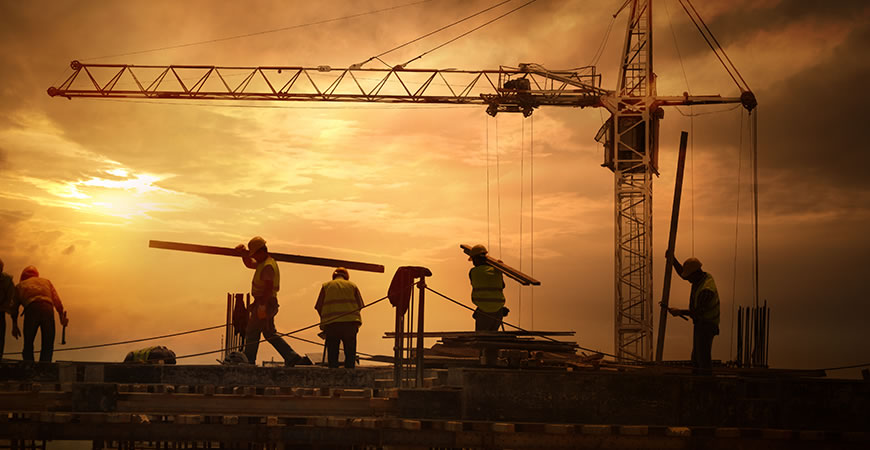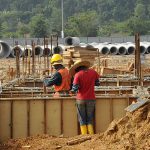
Smart City Sensor Networks Make Sense
Bechtel was recently certified by the British Standards Institution to deliver construction projects at Building Information Modelling (BIM) Level 2. We stand to get great benefit from delivering projects to BIM Level 2 but also have one eye on Level 3, which will bring the industry closer to achieving smart cities in the UK.The UK’s BIM Task Group defines BIM as the creation, collation and exchange of shared 3D models and intelligent, structured data. Level 2 focuses on taking these models and data from disparate areas of a construction project, such as the infrastructure’s architecture, structure, and associated services, and channels them into one holistic storage environment. It establishes data-centric work processes to ensure the infrastructure is built, from the outset, to enable the optimum performance.Now the UK Government is putting together its vision for BIM Level 3. One key element will be a requirement for smart city sensor networks to be integrated into infrastructure. This is an important development for the construction industry as the new infrastructure’s performance will be monitored over time, enabling customers to measure the extent to which it is delivering against the design expectations.Some infrastructure, like Crossrail, is designed to last more than a century, which raises the question of the time period contractors will be held accountable for infrastructure’s performance under BIM Level 3. Given that new infrastructure, such as railways, can take a number of years to reach peak performance, I estimate the Government will be looking to anything from a two- to ten-year monitoring period for contractors. The UK Government is already testing this arrangement of retaining contractors during the operational phase on a number of projects with an approach known as Government Soft Landings.Sensors can help with preventative maintenance, as they detect signs of trouble before they develop into full-blown problems. Sensors are already widely used in the construction phase. At Bechtel, one example of how we use sensors is embedding them in wet concrete, where they send real-time data about the rate at which it is curing to a bespoke app. The data allows us to optimise the curing time and take corrective action if we detect sub-optimal conditions.BIM Level 3 sensors will collect real-time data about infrastructure during the operational phase. This data will be combined with existing monitoring systems such as SCADA (Supervisory Control and Data Acquisition) and BMS (Building Management Systems), and analysed to help to optimise the performance of the infrastructure. One simple example would be to monitor passenger movements within a railway station and dynamically adjust the heating, ventilation and air conditioning systems to always maintain optimal conditions. Sensors are also now being tested to enable the self-regulation of distance between trains, thereby removing the need for costly and high maintenance signalling systems. This enables a safe increase in the frequency of trains and boosts capacity, which is critical in cities – like London – with growing populations.BIM Level 3 will ultimately enable the collection, verification and delivery of infrastructure and service data to city users in real time, bringing smart cities closer to reality.

